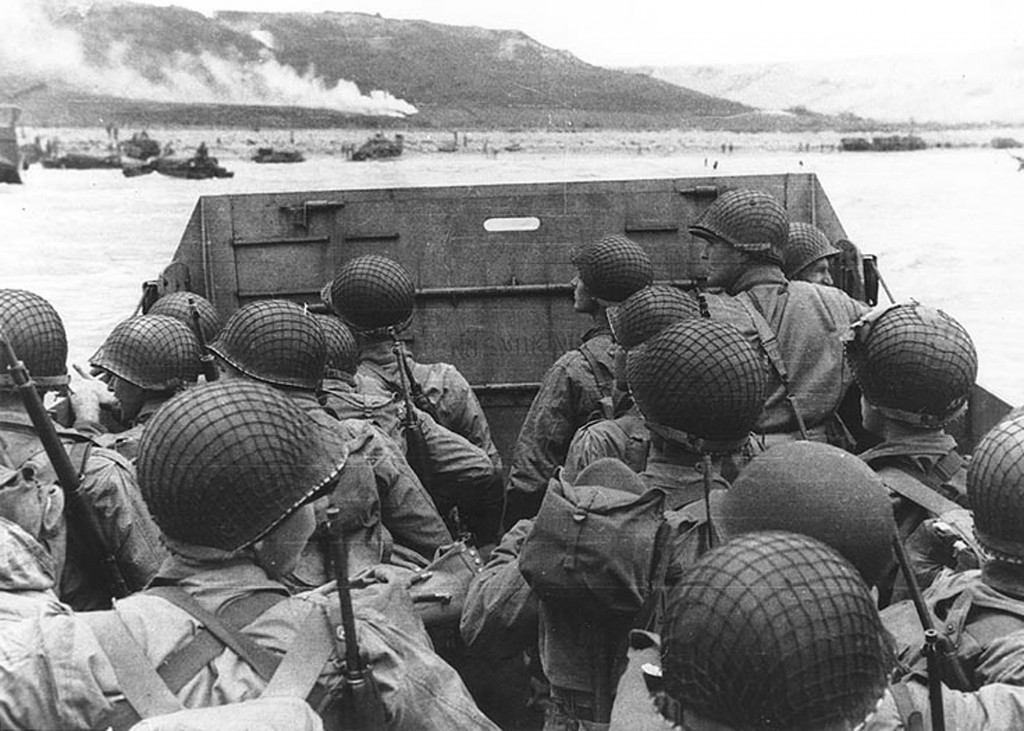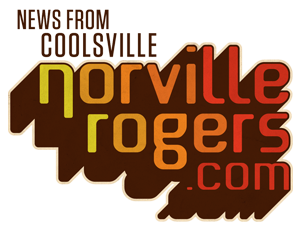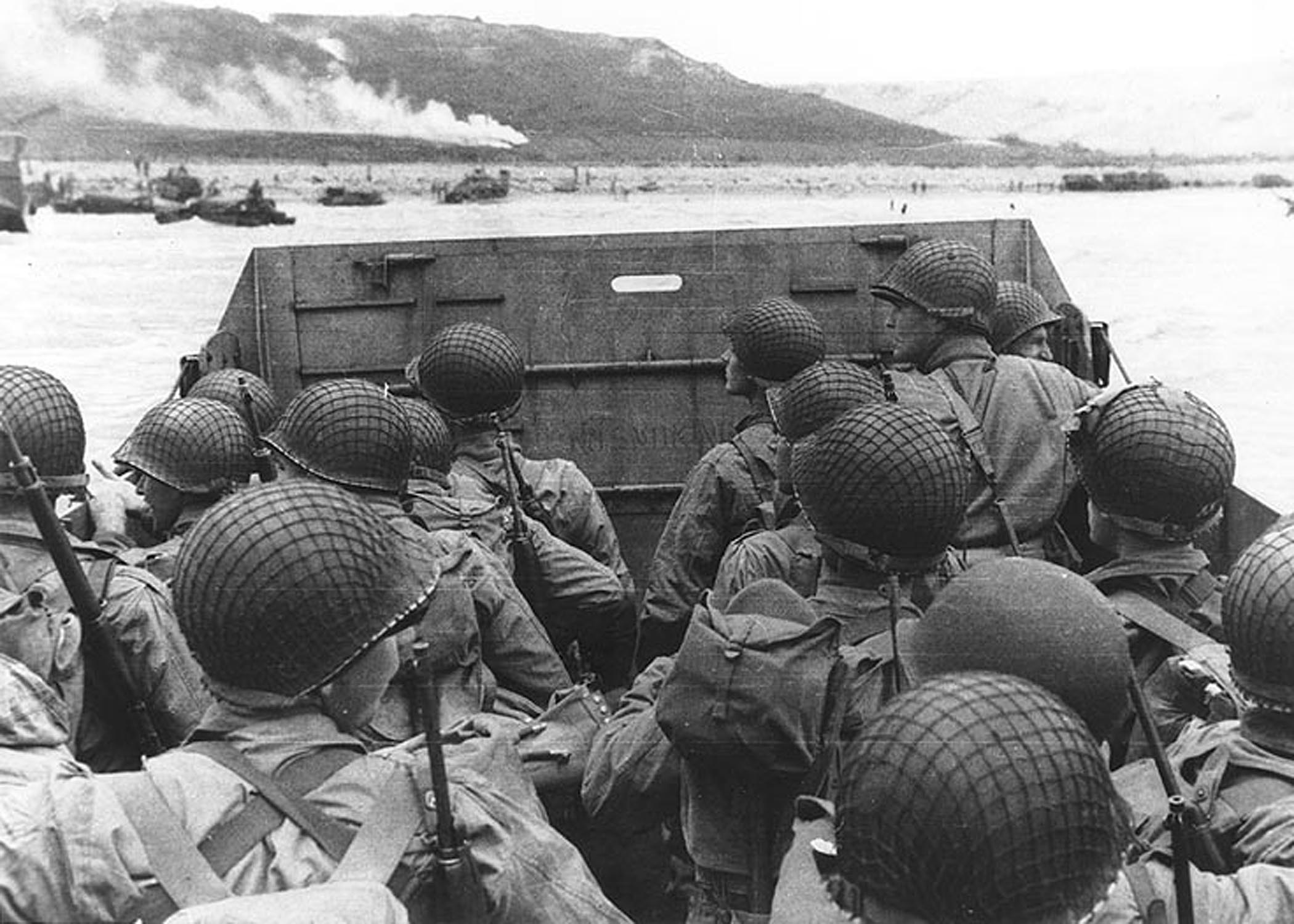LAYERS OF CLAY
![]()
Twenty years ago this month, I almost drowned in the ocean.
My small graduating class took an epic senior trip to Kiawah, South Carolina and spent a week in a great big house with a golf course set directly off our beautiful wrap around porch. The beach lay just a quick stroll beyond greens where alligators sunbathed.
Attending a small, private school has plenty of drawbacks, but divvying up 4 years of fundraising among the mere 10 people in our class was not one of them. On a personal note, I assert that my tenure as class president during our junior year was truly innovative and effective. We sure knew how to sell beefy nachos, but I digress.
On an overcast day over the Atlantic in 1995, Dave, Matt and I raced in and out of the choppy waves. The shore was sparsely populated. I only remember a handful of classmates as we took advantage of the active sea. We boogie boarded and sought sandbars.
At some point, we failed to realize how many sandbars we had crossed. When you’re young and clueless, the terrible, destructive potential of the ocean doesn’t register. All we cared about was having fun and probably razzing each other onto successive feats of daring. By the time we looked back to shore, something was wrong. We had drifted far down to the right. As I recall, our friends were making a commotion for us to return immediately. They could apparently see just how far away we had gotten, not only away from our start point but straight out from the safety of the beach.
Everything happened fast. We began working our way back. The waves were high and hard. They battered us as we sought the next sandbar and the next for just a moment of footing to catch our breath. Dave was strong and struggling. Matt had asthma and was distressed. I was weak and never finished ahead of those guys. Between breaths, we gasped our concern.
“Can’t… breathe!”
“Not going to make it!”
It was terrifying. We stayed close, but seafaring has never been an exact science, especially for ill-equipped teens still unconvinced of their own mortality. We were just kids, no more than 17-18 years old.
Somehow, at last, we reached the beach. Gasping and retching, we collapsed to the wet sand, amazed at how close our happy fun had nearly turned to tragedy.
I hadn’t thought of that incident in a long time until watching some videos commemorating the anniversary of D-Day in World War II.

Note the helmet netting, faint “No Smoking” sign on the LCVP’s ramp, the M1903 rifles and M1 carbines carried by some of these men.
On June 6, 1944, the American led Allied Forces successfully accomplished the largest amphibious landing ever. Their goal was to cross the English Channel and take a piece of mainland Europe back from Adolf Hitler’s forces. The whole ordeal never ceases to blow my mind. I highly recommend watching Band of Brothers if you’ve never seen it. But consider just the part where the landing crafts stopped and opened early.
Picture an American football field in your mind. Think about the distance from one end zone to the other. Imagine you have to cross this distance. How long might it take? Now, this field is under ocean water. The end zone furthest from you is the beach. You’re standing in water up to your waist and chest, the breakers of low tide pushing and pulling you. You’re also weighed down by about 80 pounds of gear. And somewhere up in the cheap seats, high up in peanut heaven, an organized enemy is shooting live ammunition at you. They’re launching heavy artillery your way.
As someone who almost died trying to simply get to shore once, I’m trying to imagine facing all that. Here’s a clip of an 89-year-old named Rocco Moretto recalling his first-hand experience of trying to reach the beach with his buddies.
“I’m sorry fellas, I gotta drop the ramp.”
And after ALL of that, you’ve only just begun a mission that will last for months. If you survive.
Now that 71 summers have passed since that harrowing and grand feat of 1944, we’ve lost most of the men and women who participated in the Normandy invasion. It remains wholly unfathomable to me no matter how often I study or teach about the event. I tell myself I never would’ve made it. I am so not a soldier. That’s when I remember that millions of the individuals thrust into war back then were also not soldiers. Most of them were just kids facing a sudden awareness of tragedy.
What a powerful story. Hard to look away from characters and stakes like those.
President Franklin Roosevelt–famous for speaking to the American people via radio–alerted his country that the invasion of Europe had at last begun. Then he led the country in a prayer. With so many casualties expected, few people raised hell over the commingling of government and religion. I’ll leave it to others to debate the righteousness of war, as FDR put it. These words are part of the story and worth a listen if you’e never heard this audio.
“Men’s souls will be shaken with the violences of war.”
What do you know about D-Day? I’d love to hear about it.
Also, if you have any great YouTube clips about the event feel free to paste them in the comments section.


